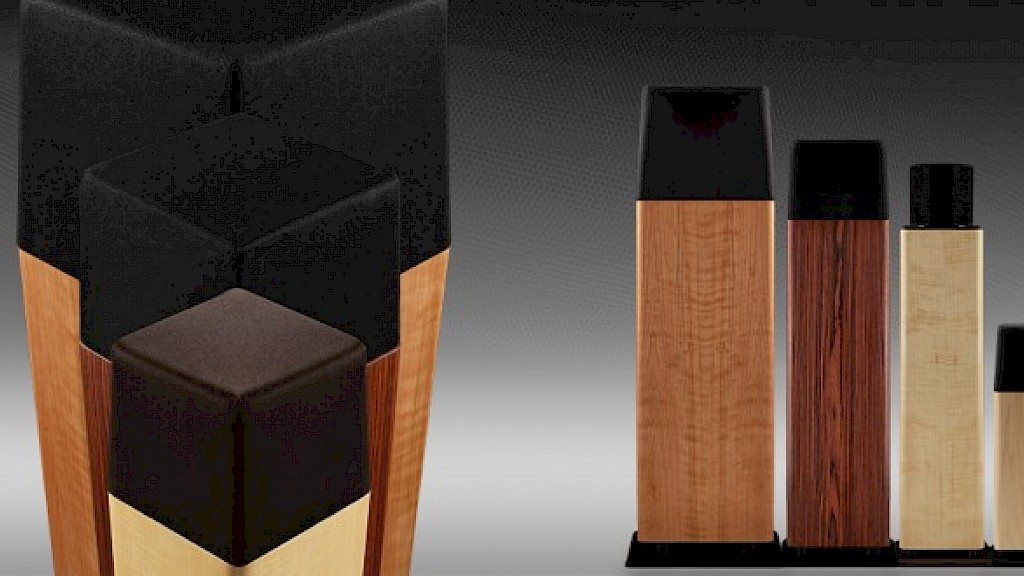Hearing Is Digital – A Hairy Situation!
Yes, dear friends, science can be cruel. It can destroy illusions and alter our world view. It turns out that not only is the earth round, but that hearing is actually digital – at least partially.
Of course, all sound in the air is analog. But modern medicine has shown that the inner ear acts as an Analog to Digital Converter. It sends a series of digital pulses to the brain. There are about twenty thousand microscopic “hair cells” in the inner ear. Each cell has a tuft of about one hundred hairs. Each “hair” is responsive to a particular frequency. These hair cells control the rate of digital pulses sent on their attached nerve fiber. Bent in one direction, the pulses speed up; bent the other direction, they slow down; relaxed, the pulses continue as at a steady rate. These cells are sensitive, they only need to move about the distance equaling the diameter of an atom of gold! (1, 2)
Our brain clearly hears absolute phase (the direction the hair is bending); most of us just don’t distinguish it. The brain takes the simultaneous outputs of these hair cells and does its amazing processing thing. This is parallel sensing and processing to an almost unbelievable degree. Then, you multiply the processing for two ears with their time delays… If these hairs are damaged, there is a loss of hearing in the range the damaged ones had been sensing. The very high frequency hairs (the shortest) are the easiest to damage. This causes the loss of hearing in the treble as we age. Regrettably, humans do not grow back damaged hair cells as some creatures can. Avoid high sound levels and most particularly high frequency, high sound levels.
But, what does this mean for audio enthusiasts and audio reproduction in general? At the very least, it means that some of the scorn heaped on the digital audio world by analog partisans should be tempered. After all, their mantra is “real world” and in that reality Mother Nature seems to have accepted digital.
Beyond that, are there lessons we can learn about hearing and making sound reproduction more “natural”? Can we, for instance, analyze the rates of “hair motion,” translate that into audio terms and devise digital manipulation that will sound more lifelike? And, of course, since we are all different, more lifelike to whom?
While science can indeed be cruel, at its best, it opens our world to new possibilities. For those of us whose careers and lives have been actively involved in sound reproduction, the new information provides a provocative look at what we thought we knew. And, perhaps, new avenues of sound exploration.
Enjoy & Good Listening!
John
1. A J Hudspeth and D P Corey. Sensitivity, polarity, and conductance change in the response of vertebrate hair cells to controlled mechanical stimuli.
2. Purves D, Augustine GJ, Fitzpatrick D, et al., editors. Neuroscience. 2nd edition. Sunderland (MA): Sinauer Associates; 2001. Hair Cells and the Mechanoelectrical Transduction of Sound Waves.
Subscribe to Ohm News & Views to get the latest posts in your inbox
John Strohbeen Author
John Strohbeen was the President and Chief Engineer of Ohm Acoustics from 1978-2023.


